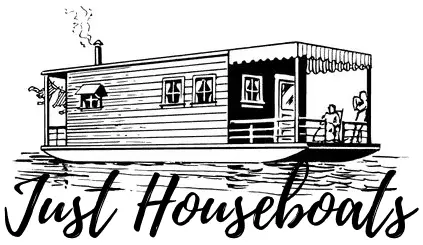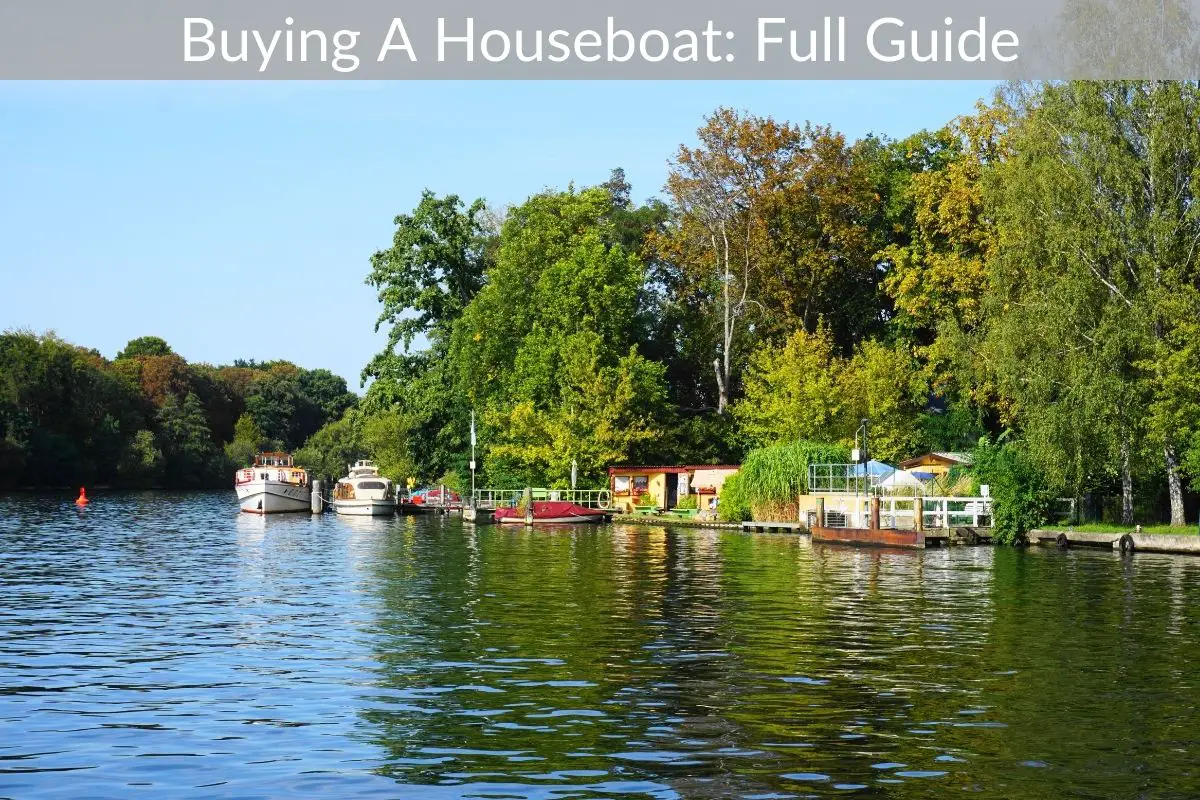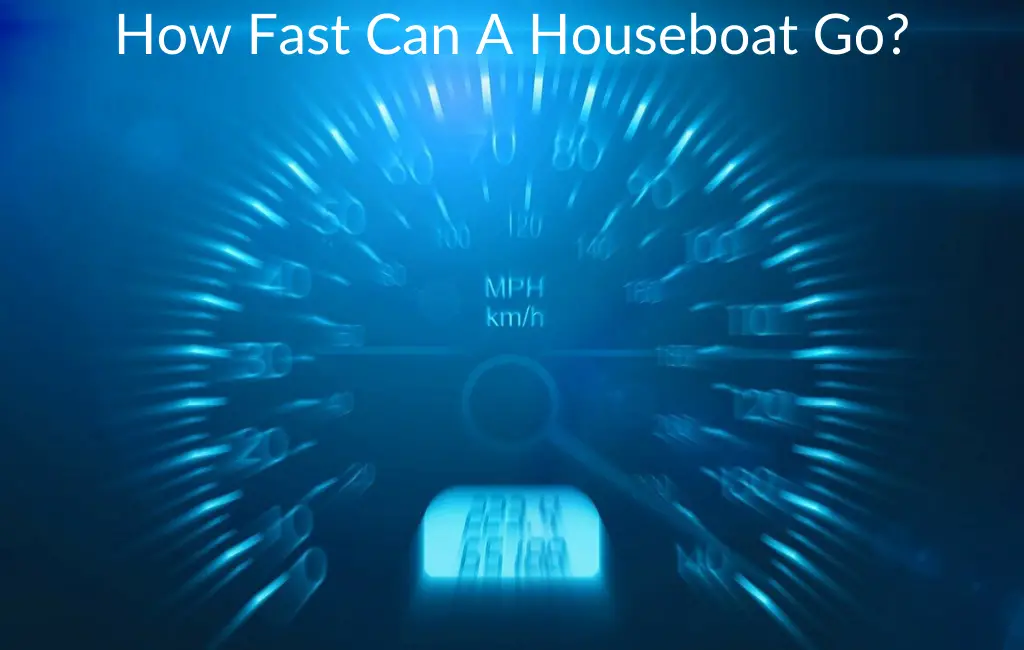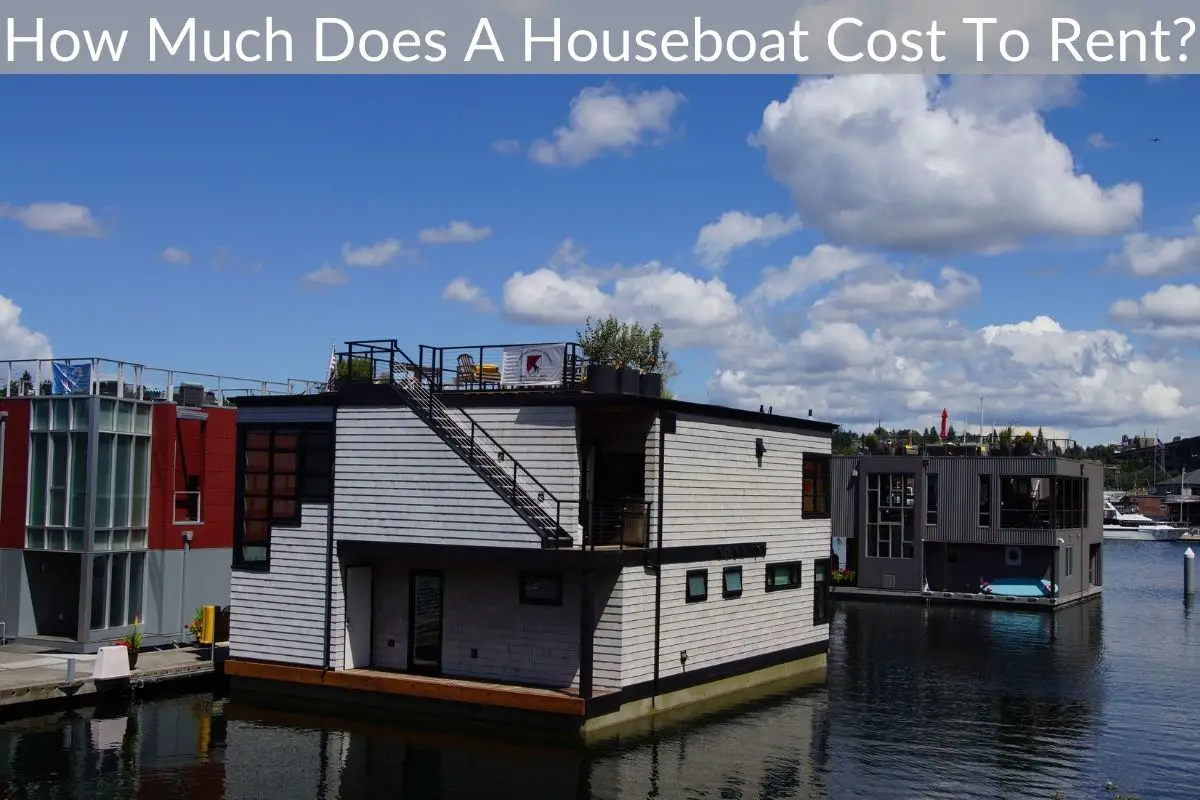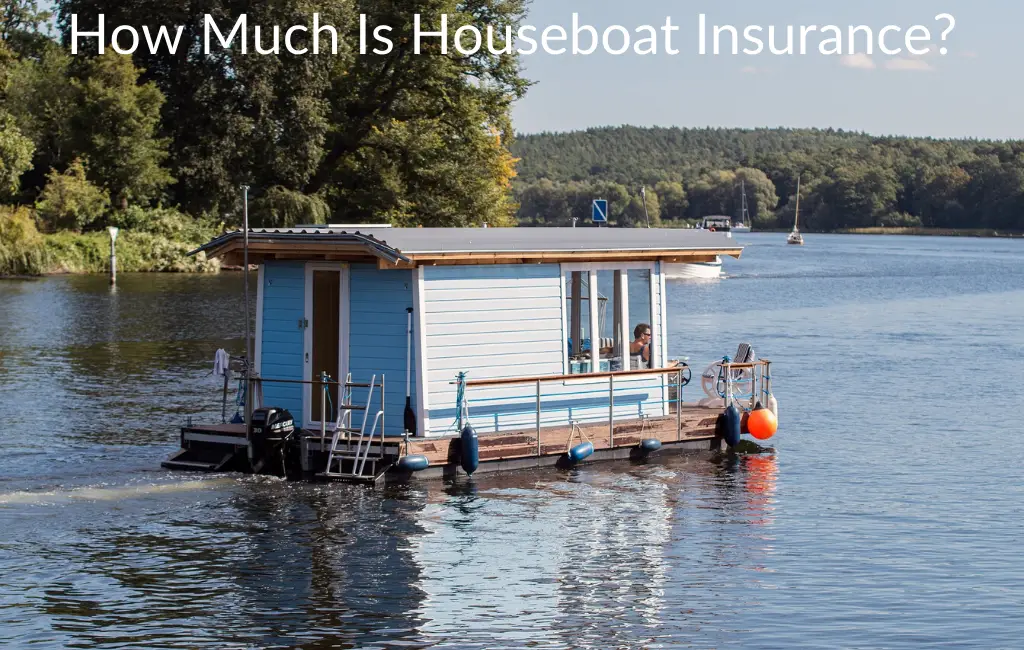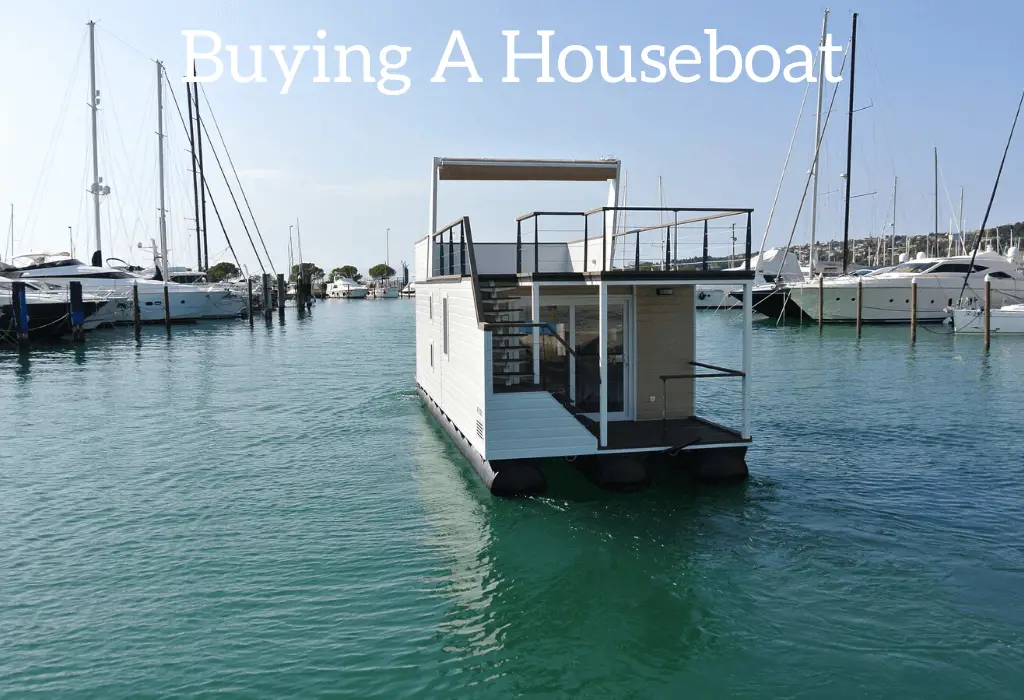Enjoying some much needed away time on a houseboat is an amazing thing, but knowing how to drive it as well as anchor it is another thing entirely. Although staying on a houseboat can be immensely fun and exciting, if you’re planning on driving and anchoring your houseboat on your own, then there are certain things you should keep in mind in order to make the whole process smooth and easy.
*This post may contain affiliate links. As an Amazon Associate we earn from qualifying purchases.
Anchoring a houseboat is a relatively simple process as long as you know what you are doing. If you don’t however it can quickly turn into a mess.
You will first need to beach the houseboat on a sandy shoreline and then you will run out your anchor lines at 45 degree angles from the houseboat. You will dig holes in the sand to place your anchors and then once those anchors at 45 degrees are secured you can then add additional anchors at other points as needed.
Having said that, in this article we will go into much more detail about the specifics of anchoring your houseboat as well as some other important things for you to know and keep in mind.
What factors should you keep in mind when driving a houseboat?
When navigating a houseboat, be sure of your directions. Most houseboat companies might provide you with help if you’d like but in case you would prefer to go alone, it would be a good idea to have a compass with you to know where exactly would be a good place to anchor the boat.
Usually somewhere on the shore that has a slight incline would be considered the best bet as it can be difficult to beach your houseboat if the incline on the shore is too steep.
You also want the shore to be as sandy as possible so as not to damage your houseboat when anchoring/beaching it.
Where is the anchor of a houseboat kept?
The anchor or stakes of a houseboat are usually kept on the forward post, in order to allow for easy retrieval. As the length of a houseboat is quite long, its ropes are usually tied to the aft or rear cleat of the boat.
How to know which is the best place to anchor your boat?
If you are new to the area and are unsure where the best places are to anchor your houseboat then it would be a good idea to take a jetski, a powerboat, or a personal watercraft and make a quick scout of the beaches to find the right spot which will aid in anchoring your houseboat.
You shouldn’t just choose a beach because it is a beach but instead you should look for a place that is easy to dig up (for the anchors) as well as smooth (to make beaching the houseboat easier).
How to ease your houseboat to its anchoring position?
Before you think of anchoring your houseboat, you need to pick out a perfect spot, which should be off of the main channel as well as the high traffic areas of the water and where there is no fear of unnecessary underwater hazards. Having a nice and wide sandy beach which has lots of room to allow the setting up of camp is something you should aim for.
Also the wider the beach is the easier of a time you will have when putting the anchors in place on the beach.
After you’ve managed to locate the best spot on the beach, you can start off by preparing for beaching your houseboat, by turning off its generator in order to avoid sucking up any sand or other particulate matter in the cooling intake. From here, take to the helm and not the bridge, and start working your way towards the shoreline. During your approach you will want to make sure that your motors run at a speed of about 800 to 1000 RPMs.
Having such a low speed on your boat ensures that you are able to ease your houseboat right up onto the shoreline while also not getting so far up on the beach that it is difficult to get off.
When you are beaching your boat you will want to keep an eye out for any underwater hazards such as sand bars or tree limbs that could damage your boat.
Once you have managed to beach your houseboat, continue to run your motors at a low speed until you have managed to completely secure your houseboat. Keep in mind that it is of absolute importance for the operator to continue to stay at the helm, right until the boat has been secured.
Also you should make sure that there are no passengers standing around the boat’s back deck when the motor is running and as long as it hasn’t been beached.
After your houseboat is stable on the beach, start off by securing your houseboat by throwing the ropes onto the beach and gradually working towards moving your anchors towards positioning them at a 45-degree angle from the boat. You should make use of the hammer which is usually provided for you (you could also use a shovel in case you don’t have a hammer), and either start digging up your anchor holes or pounding in your stakes (depending on the anchors equipped on your houseboat).
Make sure that you are wearing sturdy and comfortable work gloves– as it helps to make the work quick and easy.
The next thing to keep in mind is that if it’s windy, then start off by digging from the prevailing side – which is basically the side from which the wind is coming in at. This helps in keeping your houseboat in position when you are working towards anchoring it tightly. If you notice the wind trying to push the houseboat away from its position during the anchoring process ask the operator to steer the motors and then apply a little throttle in order to straighten your houseboat back out on the beach.
When does one use sand anchors?
In case you are visiting some area which is extremely sandy or the water might be a little shallow, then instead of a stake, a large sand anchor is used to tie down the boat. In order to set the large anchors, you will have to dig holes which should be at least 2 to 3 feet deep and wide enough to fit the anchor completely. After this, simply drop in the anchor and then tighten the winches up to pull the ropes up out of the water.
Make sure to set the anchors with the help of alternately pulling and tightening onto the ropes. After this is done, simply fill in the holes with sand and cover up the anchor. You could also pour in water over the sand in order to help set the anchors more strongly, if you’d like or if it is especially windy.
Finally, tighten all the ropes which are tied to the anchors, making sure that the houseboat is completely secure.
You could also make use of the houseboat’s motors to help further tighten the ropes by simply swinging the rear end of the boat towards the rope which is being tied. Then, make use of your boat’s motors to help do your work for you, by helping to tighten the ropes more easily and by ensuring that the boat remains secure and steadfast. Keep in mind that you are to only turn off the motors once all the ropes have been secured tightly and strongly.
Once your anchor ropes are tightly secured and your houseboat is beached the operator can shut off the motors and leave the bridge. The operator should never leave the bridge during this process as until the boat is anchored to the shore it is possible that it could slide or be blown off and the beaching process would have to be done again.
The last thing you want is for the driver to be on shore when the boat leaves the shore!
Conclusion
Anchoring a houseboat is a simple task once you know that it is not done by simply dropping an anchor like in the movies. You will actually have to beach your houseboat and then anchor it to the sand via sand anchors or stakes.
Most houseboats will have 4 anchors but some larger ones will have more. You will always want to start at 45 degrees for the anchors and then move in from there with the additional ones for extra support.
Once all of the anchors are attached you can then use the winch to tighten the school lines until they are out of the water. If your anchor lines are drooping in the water then you don’t have them right enough.
